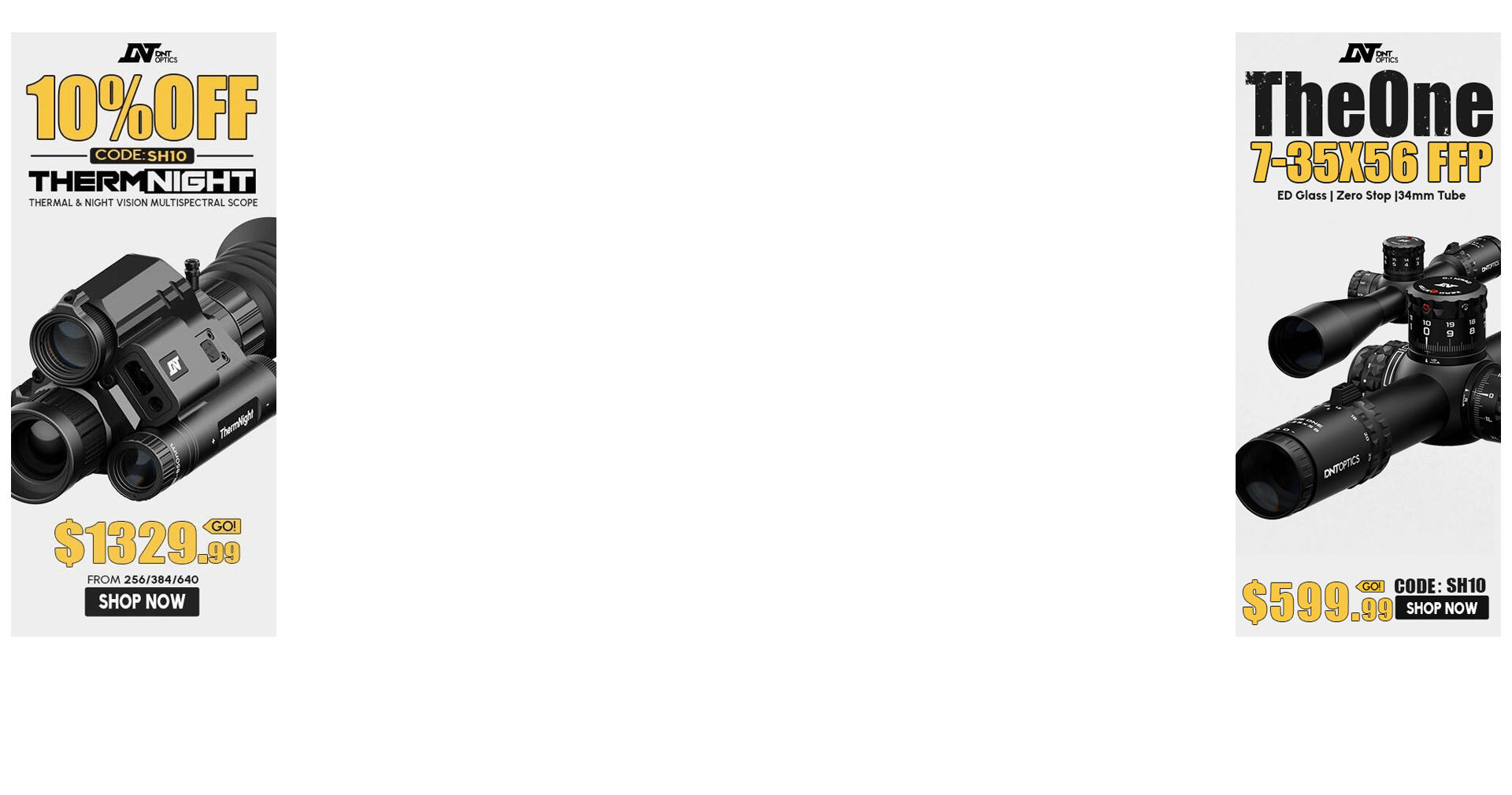Hello Hide Members,
Decently new to ELR shooting. Here in Florida I has access to a 500 yeard outdoor range, 1300 yard facility and out to a mile within a 3 hr drive. I am looking at getting a new barrel for my Tikka Rifle and had a few questions for the forum:
-Contouring: How does the countour of the rifle affect my accuracy (if at all). I see Medium, and Heavy Contours offer but not entirely sure the difference as it relates to performance
-Barrel Rifling: I see descriptions for barrels like Cold Hammer Forged. 5R Rifling, Stainless Steel, Lapped Barrels. As it relates to pure accuracy, what should be the rifling aspects that I should be most concerned with? If you have an in depth perspective of these different processes or rifling types but I understand that may be asking alot from the forum
-Brand: Schillen, Bartlein, Krieger, Dougla. Does the brand at this level of barrel really matter or is it more the configuration of the barrels specs?
- Fluting: Will fluting a barrel affect its performance?
A few facts to guide the discussion:
Purpose: Shooting Medium to Small steel targets from the prone position or off varying types of terrain. No Competition, No Hunting. Perhaps occasional 3-day hiking precision class
Caliber: I will be getting a barrel for both and 6.5 Creedmor and 338 Lapua setup (338 will be a separate rifle all together)
Reloading: I do not plan on reloading myself unless I am paying someone to reload rounds for my rifle (Unlikely for now)
Barrel Length: Barrel will be 24" or 26" inches
I realize these may be a basic questions so forgive me.
Decently new to ELR shooting. Here in Florida I has access to a 500 yeard outdoor range, 1300 yard facility and out to a mile within a 3 hr drive. I am looking at getting a new barrel for my Tikka Rifle and had a few questions for the forum:
-Contouring: How does the countour of the rifle affect my accuracy (if at all). I see Medium, and Heavy Contours offer but not entirely sure the difference as it relates to performance
-Barrel Rifling: I see descriptions for barrels like Cold Hammer Forged. 5R Rifling, Stainless Steel, Lapped Barrels. As it relates to pure accuracy, what should be the rifling aspects that I should be most concerned with? If you have an in depth perspective of these different processes or rifling types but I understand that may be asking alot from the forum
-Brand: Schillen, Bartlein, Krieger, Dougla. Does the brand at this level of barrel really matter or is it more the configuration of the barrels specs?
- Fluting: Will fluting a barrel affect its performance?
A few facts to guide the discussion:
Purpose: Shooting Medium to Small steel targets from the prone position or off varying types of terrain. No Competition, No Hunting. Perhaps occasional 3-day hiking precision class
Caliber: I will be getting a barrel for both and 6.5 Creedmor and 338 Lapua setup (338 will be a separate rifle all together)
Reloading: I do not plan on reloading myself unless I am paying someone to reload rounds for my rifle (Unlikely for now)
Barrel Length: Barrel will be 24" or 26" inches
I realize these may be a basic questions so forgive me.

